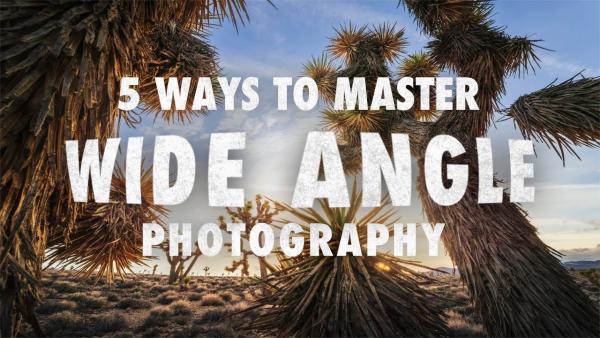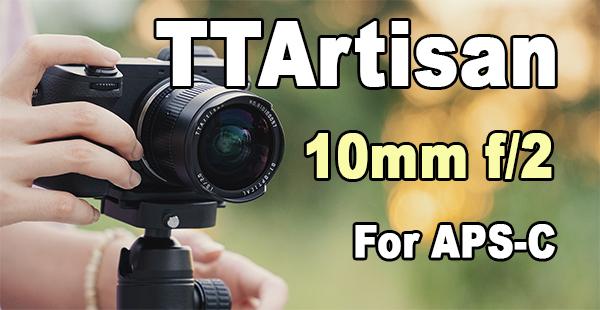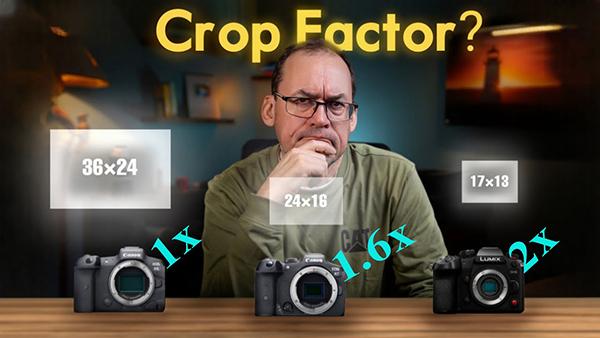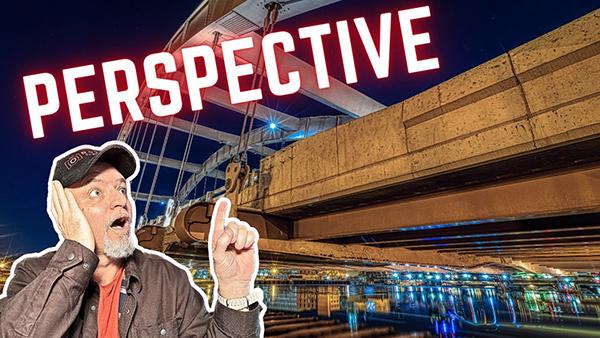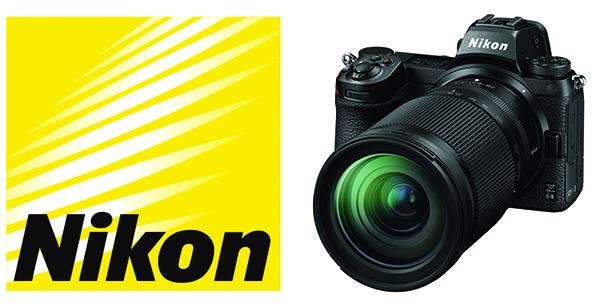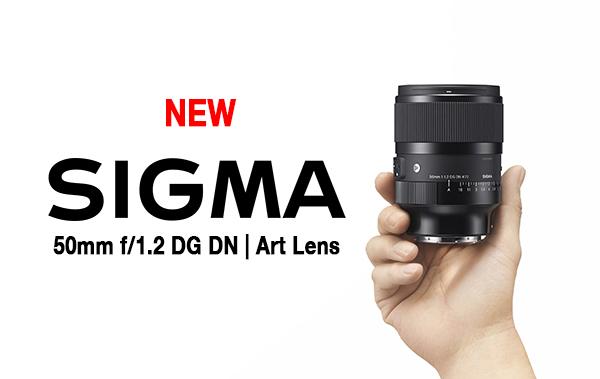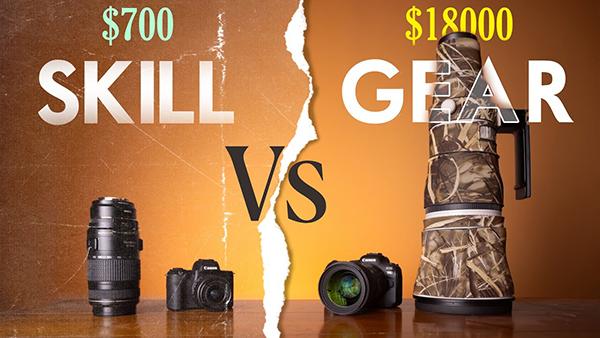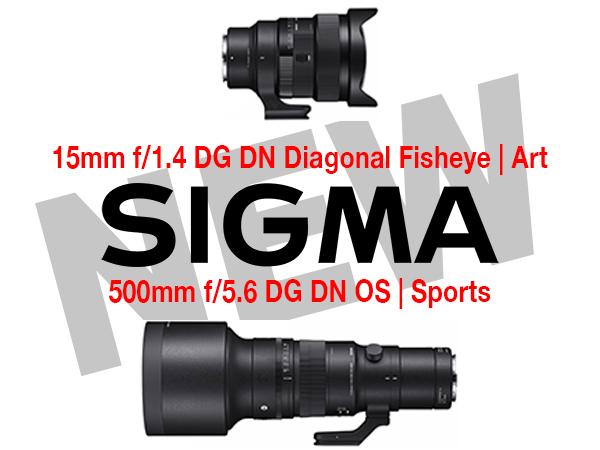Lens News
Sort By: Post Date TitlePublish Date
|
Apr 24, 2024
|
Apr 12, 2024
|
Apr 05, 2024
|
Mar 28, 2024
|
Mar 26, 2024 |
First Published: Mar 27, 2024
|
Mar 18, 2024
|
Mar 15, 2024

